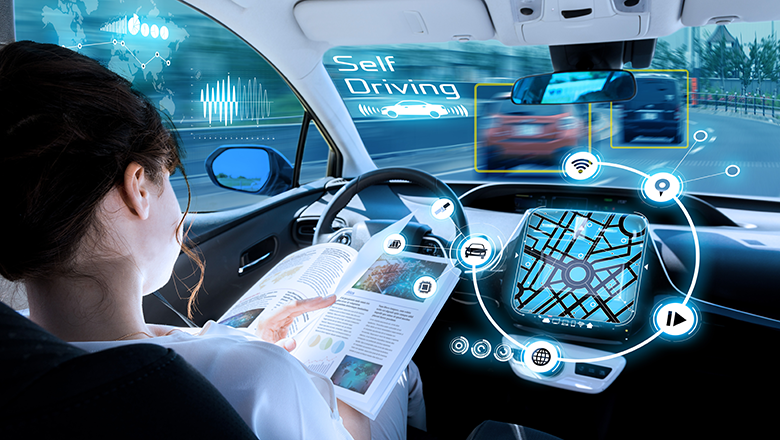
The electric vehicle (EV) market has recently experienced a slowdown in demand, resulting in slower market growth. Key factors include ongoing quality issues, particularly with new models like Tesla’s Cybertruck, controversial political stances by influential industry figures, and suboptimal marketing strategies. This slowdown in demand has had significant consequences for the broader EV industry, given Tesla's prominent position. Traditional car manufacturers have also faced challenges in transitioning to electric vehicles. Contrary to expectations, EVs have exhibited higher-than-anticipated breakdown rates compared to internal combustion engine (ICE) vehicles. Surveys indicate that over half of current EV owners are considering switching back to ICE vehicles due to these reliability concerns. Several automakers are reconsidering their plans to go fully electric by 2030, with some opting instead for plug-in hybrid electric vehicles (PHEVs). However, PHEVs come with their own complexities, including the need to maintain both electric and gasoline powertrains, which introduces operational challenges, particularly for those who drive primarily on electric power. The U.S. and much of Europe have agreed to adopt Tesla’s plug standard, now called the North American Charging Standard (NACS), for EVs. This transition, expected to be completed by 2026, aims to standardize charging infrastructure and simplify the process for EV owners. Older vehicles can use adapters, although these should be purchased only after the necessary software updates are made available. Advances in Battery Technology While lithium-ion batteries have become the standard for EVs, they have significant limitations, including safety concerns and rapid degradation under extreme conditions. However, new battery technologies are expected to emerge by 2027, including solid-state batteries, sodium-ion batteries, and improved lithium variants. These advancements promise significantly longer ranges, improved lifespans, and faster charging times, reducing the need for frequent charging stops and enhancing overall vehicle convenience. AI and Autonomous Driving Autonomous driving technology is categorized into five levels, with Level 5 representing fully autonomous vehicles that require no human intervention. Currently, most vehicles operate at Level 2+, which provides basic automation such as adaptive cruise control. Level 3 systems are being rolled out in limited regions, with Levels 4 and 5 anticipated to become viable by 2027 and 2030, respectively. AI is also expected to play a critical role beyond autonomous driving. In-car AI digital assistants are being developed to improve user interaction, allowing for natural language commands and enhanced functionality. These systems could provide real-time diagnostics, safety alerts, and personalized content recommendations based on user preferences.